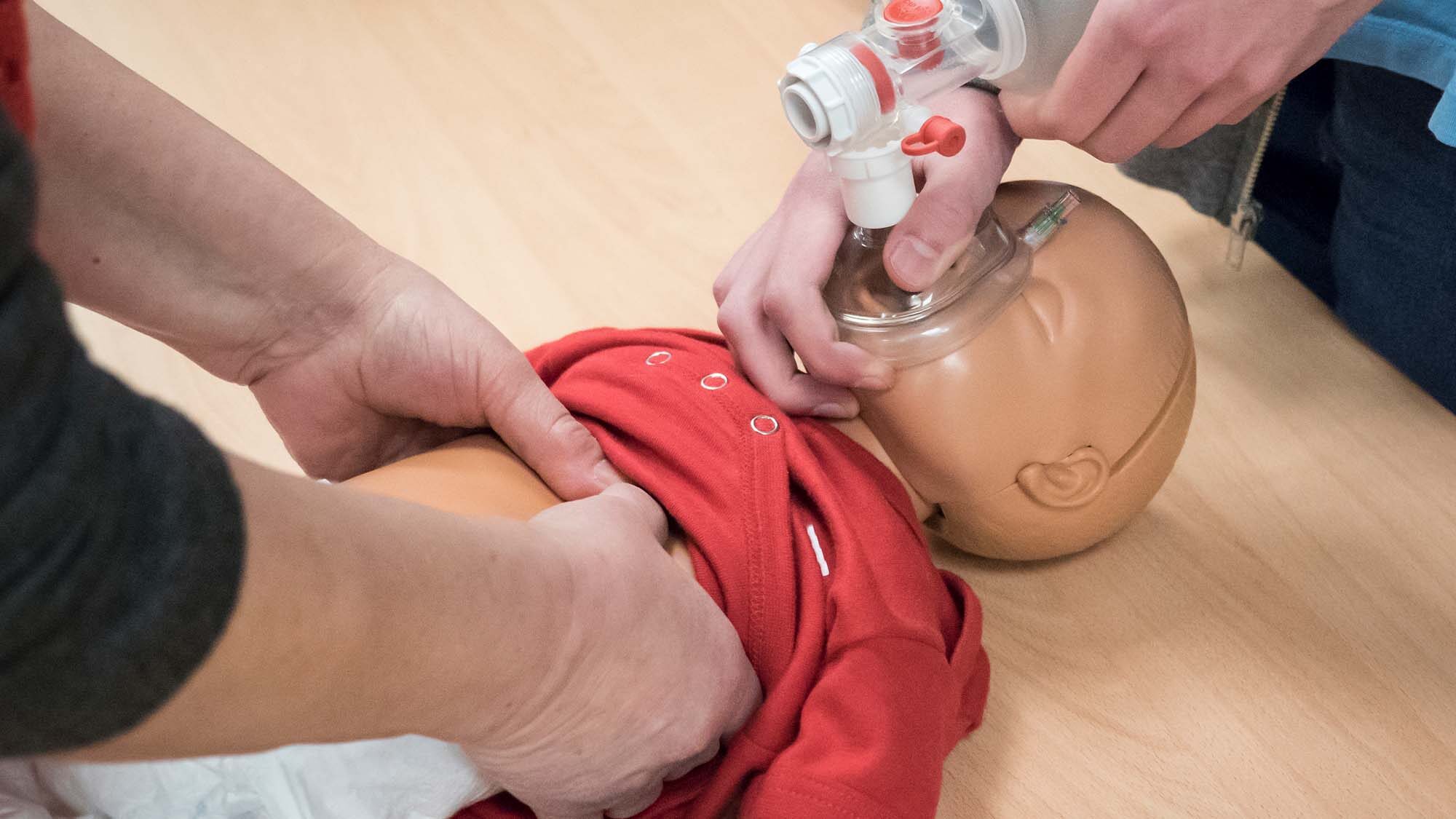Would you know what to do if someone collapsed in front of you due to sudden cardiac arrest? What if that person was a loved one? According to the American Heart Association (AHA), seventy percent of Americans do not know how to administer cardiopulmonary resuscitation (CPR) or do not recall how to do it because their training has lapsed. Over 300,000 Americans die each year from sudden cardiac arrest (SCA) that occurs outside of a hospital or in a hospital emergency department. Of those affected, nearly eighty percent of SCA occurs in the victim’s home, and of those eighty percent, “less than one-third…receive family/bystander CPR, yet it can double or triple the odds of survival.” (Liu & Clark, 2009)
The application of CPR to a victim of SCA can literally mean the difference between life and death. Unfortunately, the AHA states that only about thirty percent of SCA victims actually receive CPR from a family member or bystander. When SCA happens in the home, it is most likely a family member who will need to perform CPR in order to help save the victim. While calling 911 should always be the first step in an emergency response situation such as SCA, it can take several minutes for emergency personnel to arrive. In those precious minutes it is important to maintain, at minimum, blood circulation to the brain in order to keep the victim alive and to reduce the chances of brain damage due to lack of sufficient oxygen to brain tissue.
When full CPR was initially instituted over fifty years ago, it involved the use of chest compressions and mouth-to-mouth resuscitation simultaneously. Today, CPR can be performed using a hands-only method that involves rapid, deep chest compressions without the use of mouth-to-mouth resuscitation. This new process, endorsed by the AHA since 2008, allows family members and bystanders to perform CPR quickly and effectively.
While the general population may feel that performing CPR can be difficult and that one must be trained and certified to perform it, they need to be educated about the new hands-only technique and its simplicity of application. Non-healthcare professionals have the capability of administering CPR using the hands-only method just as easily as healthcare professionals. The biological benefits of performing hands-only CPR also need to be taught to family members and bystanders so they understand the importance of its use.
The AHA offers a short Hands-Only CPR instructional video on their website that can teach anyone how to administer hands-only CPR. This video could also be used as part of new hire orientation to educate individuals who work in a public setting such as restaurants, shops, banks, and schools about how they could possibly save a life. Besides teaching non-healthcare professionals how to perform hands-only CPR, it is important for them to be comfortable performing any form of CPR on a non-family member. One of the reasons the general public may not have been comfortable performing CPR is because they did not want to, or were not comfortable with, performing mouth-to-mouth resuscitation. With the hands-only technique, they no longer need to be concerned about the exchange of body fluids in the form of saliva. They can perform the life saving procedure by doing only deep chest compression until emergency personnel arrive.
Non-healthcare professionals need to be educated about the benefits of CPR and how they can easily learn the hands-only technique to potentially save a life, most likely that of a family member. It is easy to learn and has the potential to empower the individual who has the new knowledge to save a life.
References
American Heart Association. (2011) What is CPR. CPR statistics. Retrieved from http://www.heart.org/HEARTORG/CPRAndECC/WhatisCPR/CPRFactsandStats/CPR-Statistics_UCM_307542_Article.jsp
Liu, H. & Clark, A. (2009) Cardiopulmonary resuscitation training for family members. Dimensions of Critical Care Nursing, 28(4), 156-163.
CLICK HERE – To learn about CPR classes offered at Critical Care Training Center









